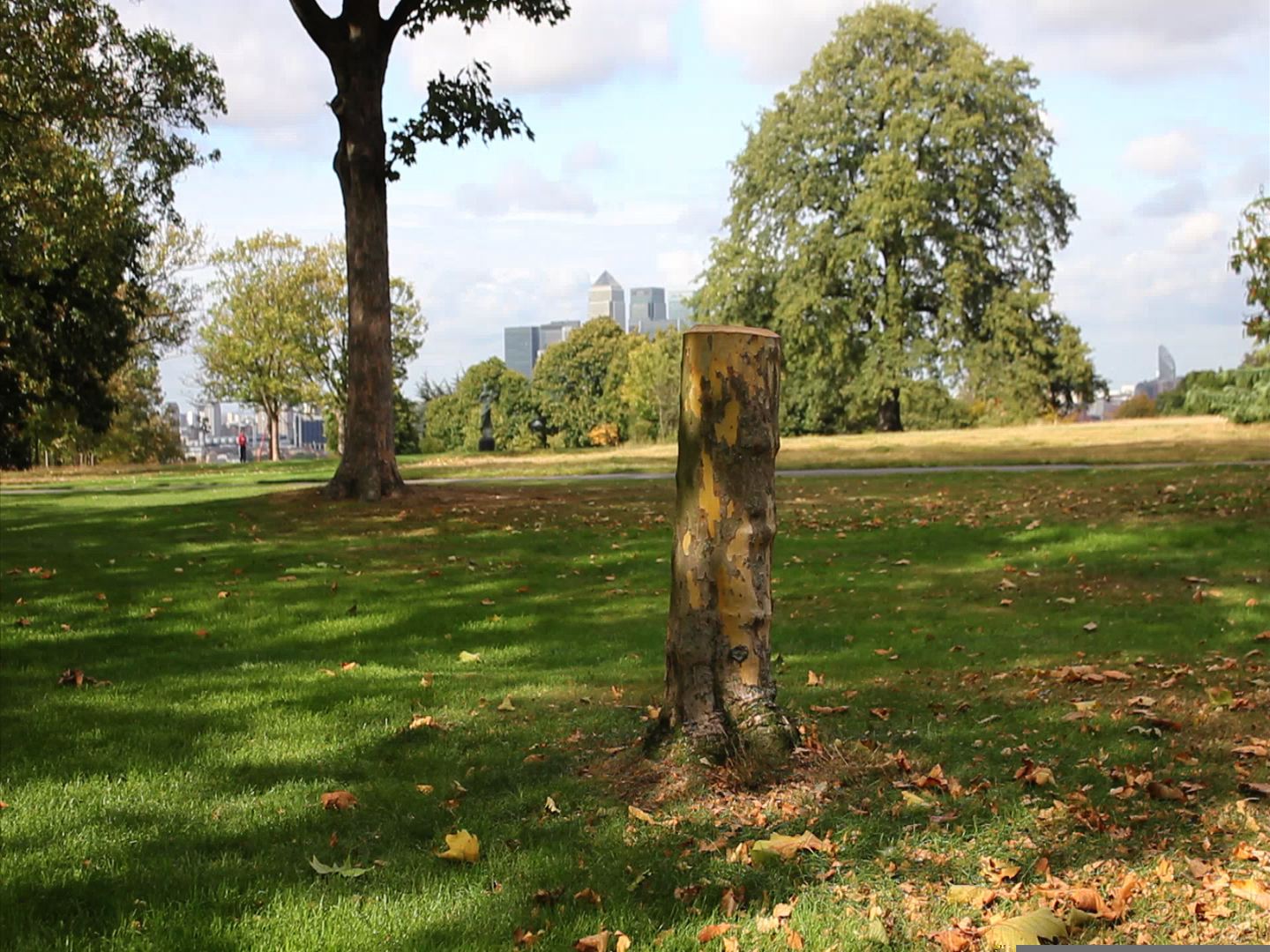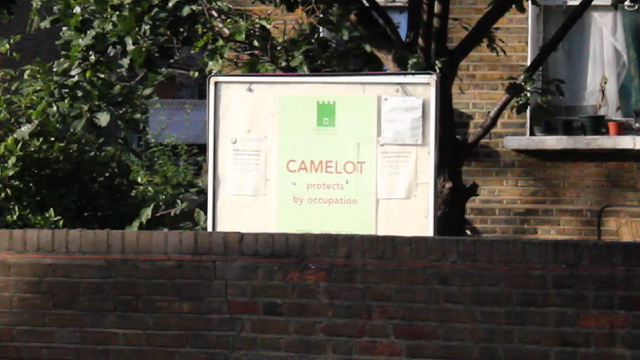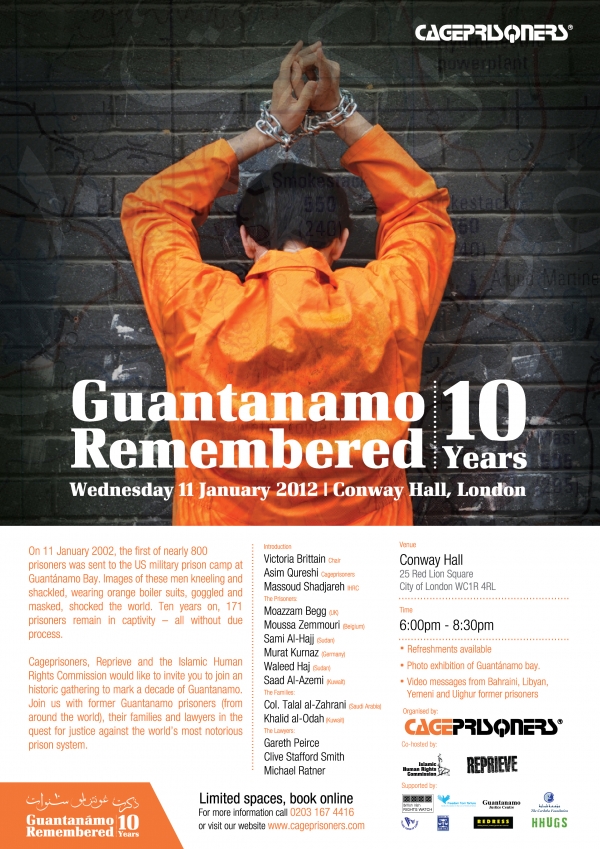
No tree will be cut down…
Preparations for the controversial equestrian events to be held in Greenwich Park are still underway, despite ever mounting pressure from groups and individuals protesting the decision. Among the numerous concerns over damage to the park, which is a world heritage site, there are fears of gridlock across the city, abuses of planning permission by LOCOG (London Organising Committee of the Olympic and Paralympic Games), and most worryingly of all, the safety of the public.
The planning application, published 8th Dec 2009, shows that the rare acid grassland will not be fully restored and reopened until “November 2015”, during which time a great deal of permanent damage will have been done to the park. Greenwich Park is a Conservation Area, every one of the approximately 3,000 trees in the Park has a Tree Preservation Order on it, but despite this and assurances that “no tree will be cut down”, extensive ‘pruning’ has been underway. Several fragile trees have had major limbs amputated for the end of better camera sight-lines; injury from which some will not recover.
Although Greenwich Royal Park is the FEI’s (Fédération Equestre Internationale) preferred venue for the 2012 equestrian events, LOCOG has not made the smallest attempt to comply with the FEI Code of Conduct towards the Environment. The FEI’s code states that the protection of the environment must always prevail over the technical requirements of the various disciplines when organising events and in particular in the following cases:
a) Harmonious integration: Equestrian facilities should be built or converted
so as to ensure their harmonious integration into the local context,
whether natural or man-made, and in accordance with considerate
planning of land use.
b) Preservation of countryside: Equestrian events such as Driving, Endurance
and Eventing (cross country phase) must be so arranged as to ensure the
protection of conservation areas, the countryside, the cultural heritage and
natural resources as a whole.
Clearly, LOCOG’s systematic mutilation of the park does not fall within these guidelines.
The London Olympic Games and Paralympic Games Act 2006 (Section 5 (4a)) contains a clause in it’s Planning section that allows the Olympic Delivery Authority to disregard a section of the Town and Country Planning Act 1990 (Part III, Section 74, (1b)). This section pertains to the manner in which a local authority regulates planning permission applications, particularly “for authorising the local planning authority to grant planning permission for development which does not accord with the provisions of the development plan”. The local planning authority has just stood idly by while LOCOG hacks up the park, without uttering a squeak of protest.
However, the LOCOG steamroller does not stop there. The Games organisers have implemented regulations “intended to meet commitments by the UK Government to the International Olympics Committee. The main aims are:
-to ensure all Olympic and Paralympic events have a consistent celebratory look and feel to them,
-to prevent ambush marketing within the vicinity of the venues; and
-to ensure people can easily access the venues.
To achieve these aims, “Interferences with the rights to freedom of expression and protection of one’s possessions may be justified on related grounds” (Paragraph 7, Human Right Assessment, The London Olympic Games and Paralympic Games (Advertising and Trading) (England) Regulations 2011 Impact Assessment). These interferences include “An interference with the right to be presumed innocent will be justified where it is confined “within reasonable limits which take into account the importance of what it at stake and maintain the rights of the defence” (Paragraph 24). Or, putting it another way, if anyone is caught interfering with the ‘consistent celebratory look and feel’ of the event, they can be presumed not to be innocent and, no doubt, removed.
The most worrying aspect of LOCOG’s irresponsibility where Greenwich Park is concerned relates to the safety of the public. The Royal Parks’ own “Guidelines for Event Organisers 2010” state that the capacity of the park provides for up to 15,000 and *possibly* more for “certain events”. This is nothing like the 50,000 (the number of cross-country day tickets that LOCOG say they have already sold). In the past, for example at the beginning of the London Marathon, there have been up to 21,000 runners in the park for a few hours at a time, and this with 9-10 exits available. However, the Olympic equestrian events will continue all day for several days and the area will be surrounded by fences, potentially with electrified tops. There are only three planned exits from the event zone. How difficult will it be to evacuate 50,000 people through 3 exits in 2-8 minutes? How difficult will it be to do this safely?
It is not difficult, however, to see how easily this could all descend into chaos. Even despite the risk of terrorism during the Olympic Games this summer, such irresponsible cramming of people into an undersized venue poses huge risks to the safety of those hoping to attend the events.
Clearly, LOCOG’s priority is once again with their sales, not with their responsibilities to the Park, the quality of the games, the public….
Click London Olympics for more blogs
See our Olympics project pages for more information and videos.
Or visit PlanA our general blog on urbanism, planning and architecture.
Spectacle homepage
Befriend Spectacle.Docs on Facebook
Follow SpectacleMedia on Twitter








